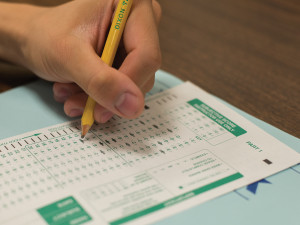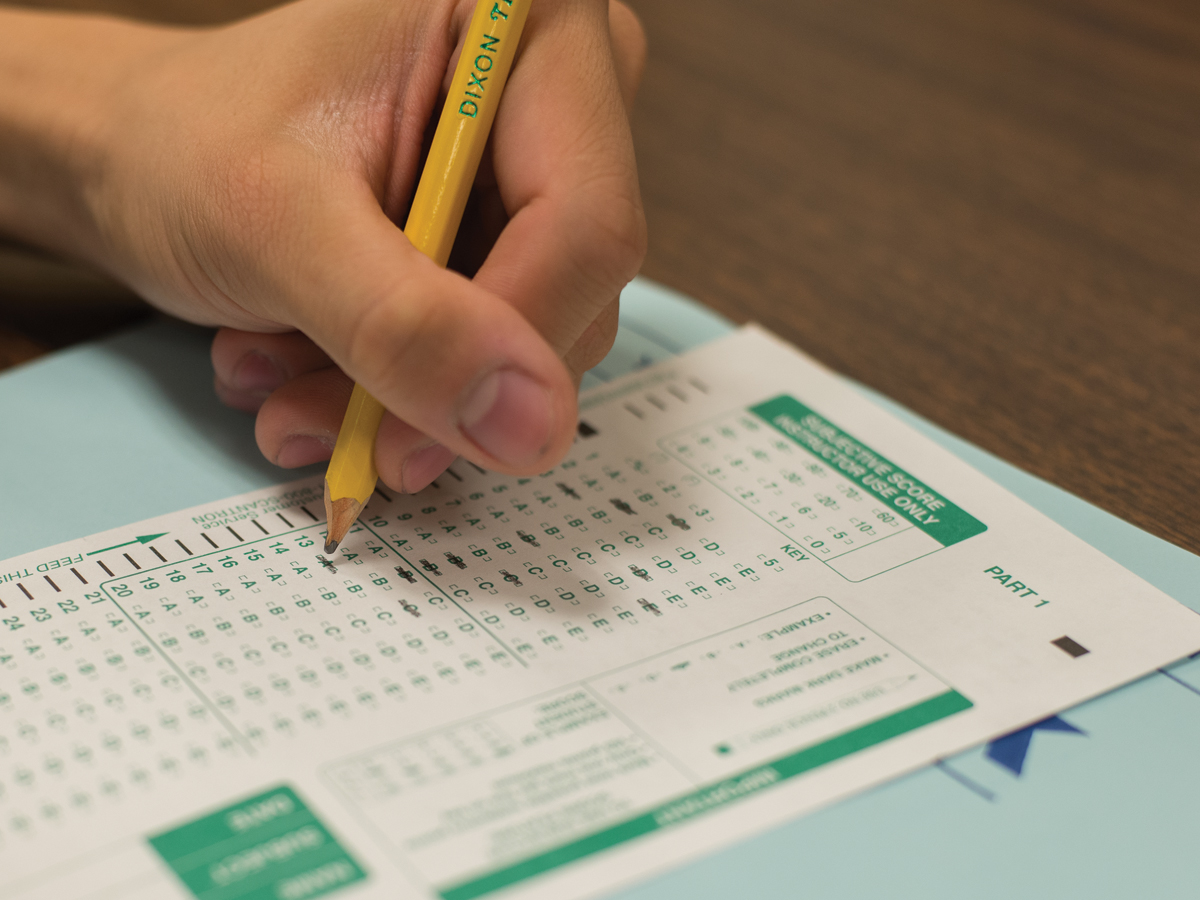
The California High School Exit Exam (CAHSEE) is a test that most students at UCR are likely familiar with. During their sophomore year, students take the exam to test their knowledge of the curriculum and gauge whether they are ready to leave high school as a learned member of society in the realms of the basic arts and sciences, regardless of whether they continue their schooling or not.
Currently, the exam has a 95.5 percent pass rate overall, including those students who must retake it in their junior or senior years. As such, the California state government is now considering suspending the use of the exam until a new alternative can be implemented, feeling that the standards being tested do not necessarily produce college or workforce-ready individuals.
What comes out of this proposal to suspend the exam is the question as to whether the test is effective in measuring students’ critical thinking skills, and whether it should be kept in the coming years of high school education standards. Can a test with such a high pass rate actually be counted upon to challenge students and produce critically thinking people?
However, instead of suspending the test, the CAHSEE should be kept, as well as becoming the new litmus test for increasing the standards of education in California. Considering that, as of the 2011-12 school year, 31 states implemented exit exams, it is unlikely that this trend will do anything but continue on to other states.
California should take this opportunity to create new standards in education, increasing the value of the high school diploma that counts for less and less every year. Instead of ridding the state of the CAHSEE, it should be reexamined and improved as a way of bettering every class of high schoolers about to enter society.
While science, technology, engineering and math are currently the areas in school in which students underperform, raising the standard and increasing the value placed on the ability to perform in these areas is essential to the bettering of the post-high school populace. The newly established California Assessment of Student Performance and Progress (CASPP) is already underway in acclimating students to the increasing need for computer competency in contemporary society by testing that very skill.
To make sure the CAHSEE can affect the same changes in standards the CASPP hopes to, it must first be determined how the test can be changed for the benefit of future generations of students. The way to do this is to add a portion of questions that represent the most difficult instances of the standards currently held for students in their sophomore years of education.
Adding a section to the CAHSEE would not only solve the issue of the test’s inability to keep standards for students high enough in STEM subjects in particular, but could be used to increase academic standards across the board within California’s education system. The CAHSEE could be used as a place to seed specific questions throughout random portions of the exam as the hardest examples of the current curriculum, testing how well students critically engage the material they were given until that point. In doing this, the state could use the results of these specific questions to see how well students grasp the upper tier of the materials they are meant to know.
When the harder portions of the standards become basic enough for the majority of the student population, then the state can adjust them, making the curriculum more rigorous and having students learn the more engaging material that would have been normally reserved for the later stages of their education. Doing this would not only make California’s high school diploma more valuable, but would produce more college and workforce-ready students who have a greater understanding of how to engage the world around them critically.
On a macro level, the value of this system would be felt as high school graduates from California become inherently more valuable to colleges and employers, showing that they are able to withstand a state education dedicated to continuously challenging students. Additionally, this advantage on the interstate competition would then motivate other states to implement similar systems.
California schools themselves would want students to succeed in this system as well, as their funding is dependent on student evaluations through the CASPP that is gradually replacing the Standardized Testing and Reporting system (STAR) we are all so familiar with. Additionally, to cater to those students who are unable to initially grasp the heightened rigor, multiple levels of electronic tutoring can be made available, especially when considering how easy it is to disseminate knowledge with access to the Internet at schools.
The system would also manage to account for the years or generations in which standards were not met, focusing on meeting active standards, rather than further increasing them. As such, the difficulty of material would only ever increase or plateau, but never become less intensive or difficult, ensuring that our education system is never regressive.
While this theoretical add-on to the CAHSEE would be anything but cheap due to the research dollars necessary before implementation, the creation of computerized tutoring and the actual continued printing of the test, but the value in the long run is astronomical, allowing for the continued development of high schoolers and the nation itself.








